
Where can you see kiwi birds in New Zealand?
There are many opportunities to take the kids to see the kiwi bird in New Zealand, be it in the wild or at a sanctuary.
They say it takes a village to raise a child – well it’s the same for the kiwi which is our national bird and one of New Zealand’s most endangered birds. The kiwi is under threat due to predators and a lot of hard work and love goes into caring and protecting for them.
Despite their relatively small numbers, you can see kiwis in real life at a number of kiwi houses and sanctuaries around New Zealand. If you’re lucky, the kids might even get to catch a glimpse of them in the wild.
Here are 11 of the BEST kiwi sanctuaries and houses to visit kiwis in New Zealand:
1. Rotoroa Island
Auckland’s Rotoroa Island can be found in the Hauraki Gulf and is home to over 25 North Island Brown Kiwi. There is accommodation on the island so stay the night for your families best chance of seeing or hearing a kiwi. Managed by The Rotoroa Island Trust, a small group of keen conservationists, an idyllic wildlife sanctuary has been created sitting just off the coast of Auckland city and open for everyone to enjoy.
Getting there: A ferry from Downtown Auckland takes just over an hour to get to Rotoroa Island in Auckland’s Hauraki Gulf. You can also get to Rotoroa Island by ferry from the Coromandel.
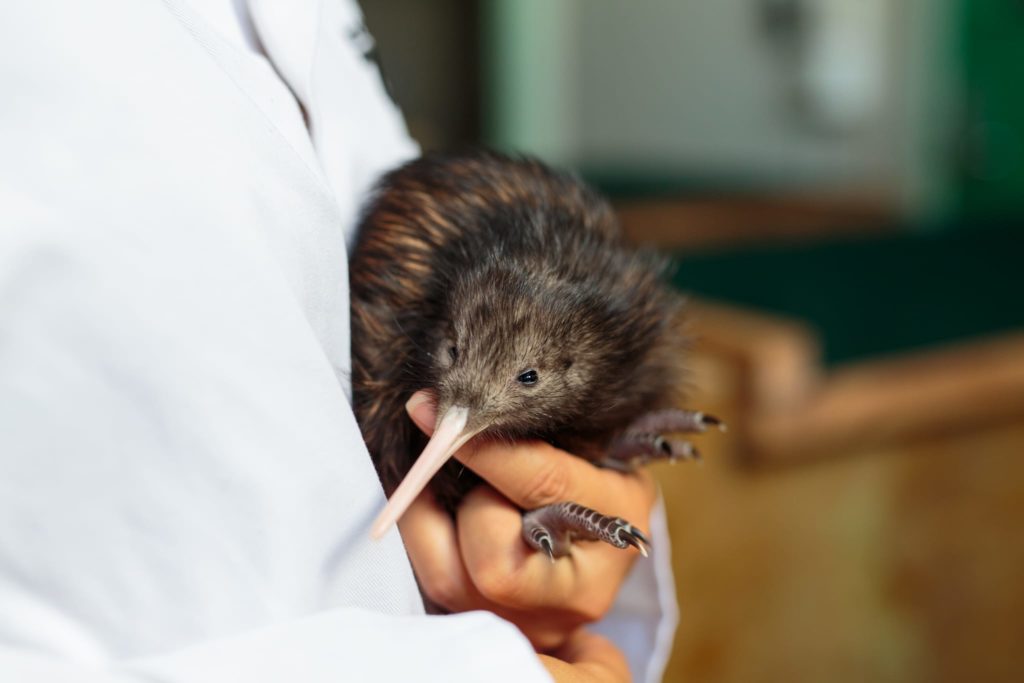
2. Rainbow Springs
The hard work of kiwi experts at the National Kiwi Hatchery has now led to over 2,000 successful hatchings as they play a hugely important role in kiwi conservation. Families can view the incubation and hatching work by purchasing an Essentials Pass which includes a National Kiwi Hatchery Tour when visiting Rainbow Springs in Rotorua.
Getting there: Rainbow Springs is in Rotorua and is approximately a 2 hour 45 minute drive south of Auckland via Hamilton.
3. Otorohanga Kiwi House
Otorohanga Kiwi House & Native Bird Park have been conserving kiwi and other New Zealand natives since 1971. Kids can learn about their active brown kiwi breeding programme from the friendly and knowledgeable guides in the heart of the North Island. Plus you can enjoy their large free-flight dome aviary and see tuataras.
Getting there: The Otorohanga Kiwi House is about 2 hours drive south of Auckland (depending on traffic) and a 1.5 hour drive from Rotorua and Taupo making it an easy drive for a family weekend away from Auckland. You may also wish to visit Waitomo Glowworm Caves which are nearby and just a 15 minute drive south of Otorohanga.
4. Maugatautari Sanctuary Mountain
Rare and endangered New Zealand wildlife – including takahe, kiwi and tuatara – are thriving on Sanctuary Mountain at Maungatautari, a unique eco sanctuary. Visitors can be a part of a kiwi release – into Maungatautari’s native bush.
Getting there: Maungatautari is approximately a 2.5 hour drive south of Auckland via either Hamilton or Matamata.
5. Pukaha National Wildlife Centre
Pukaha National Wildlife Centre in the Wairarapa, pioneered captive breeding techniques for some of the New Zealand’s most threatened birds. Pukaha is home to Manukura, a rare white kiwi, hatched in 2011.
Getting there: Pukaha is a 1 hour drive south-east of Palmerston North or a 1 hour 45 minute drive north of Wellington via Masterton in New Zealand’s lower North Island.
6. The Kapiti Island Nature Reserve
The Kapiti Island Nature Reserve is off the west coast at the southern end of the North Island, is one New Zealand’s most important sites for bird recovery. The little spotted kiwi, now extinct from the mainland forests, also thrives on Kapiti Island. Kapiti Island Nature Tours is a family run business with direct ties back to the early Māori who called the island their home.
Getting there: Access to Kapiti Island is by approved tour operators only and is via a ferry from Paraparaumu Beach which is a 45 minute drive north of Wellington.
7. Zealandia
Zealandia is an outdoor haven for some of New Zealand’s rarest native birds and animals and a living monument to world-leading conservation efforts.
Getting there: Zealandia is just a few minutes by car from downtown Wellington and is nestled in a forested valley between city suburbs.
8. Willowbank Wildlife Reserve
Willowbank Wildlife Reserve in Christchurch incubates eggs for up to 4 species of kiwi – Ōkarito Rowi, Haast Tokoeka, Great Spotted and North Island Brown. Visit the reserve to see the dedicated team in action as they continue to hatch and re-release kiwi back into the wild.
Getting there: Willowbank Wildlife Reserve is a 15 minute drive from Christchurch
9. Orokonui Sanctuary
The 307 hectare Orokonui Eco-Sanctuary is restoring an entire forest ecosystem to its pre-human state. Visit the kiwi creche where the team raise the rarest of all kiwi, the Haast tokoeka.
Getting there: The sanctuary is a 25 minute drive from Dunedin in the South Island of New Zealand.
10. National Kiwi Centre Hokitika
The National Kiwi Centre is situated in the heart of Hokitika and provides the opportunity to get up close and personal with kiwis, tuatara, eels, crayfish and whitebait. The kids can engage directly with the kiwi wildlife keeper to learn more about New Zealand’s fascinating flightless birds.
Getting there: Hokitia is on the West Coast of the South Island in New Zealand and is a stunning 3.5 hour drive to Christchurch over Arthurs Pass.
11. Stewart Island
The Wild Kiwi Encounter is one of the ultimate outdoor kiwi experiences. Join an expert nature guide as your family enjoys a short boat ride, followed by a walk through coastal forest, before reaching Ocean Beach. Here in the darkness you will get to see the Southern brown kiwi (Rakiura Tokoeka) in the wild as it searches for its dinner.
Getting there: Stewart Island is a one hour ferry ride from Bluff at the bottom of the South Island or a 20 minute flight from Invercargill Airport.

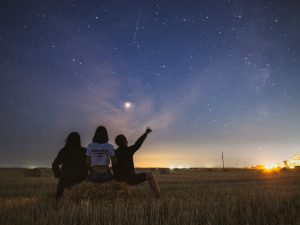
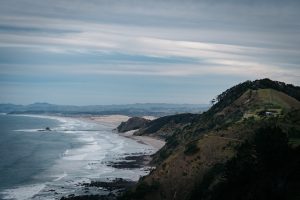
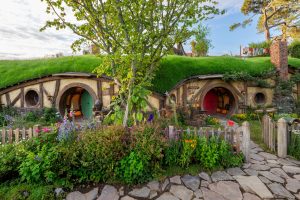
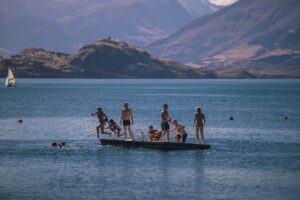

Leave a Reply